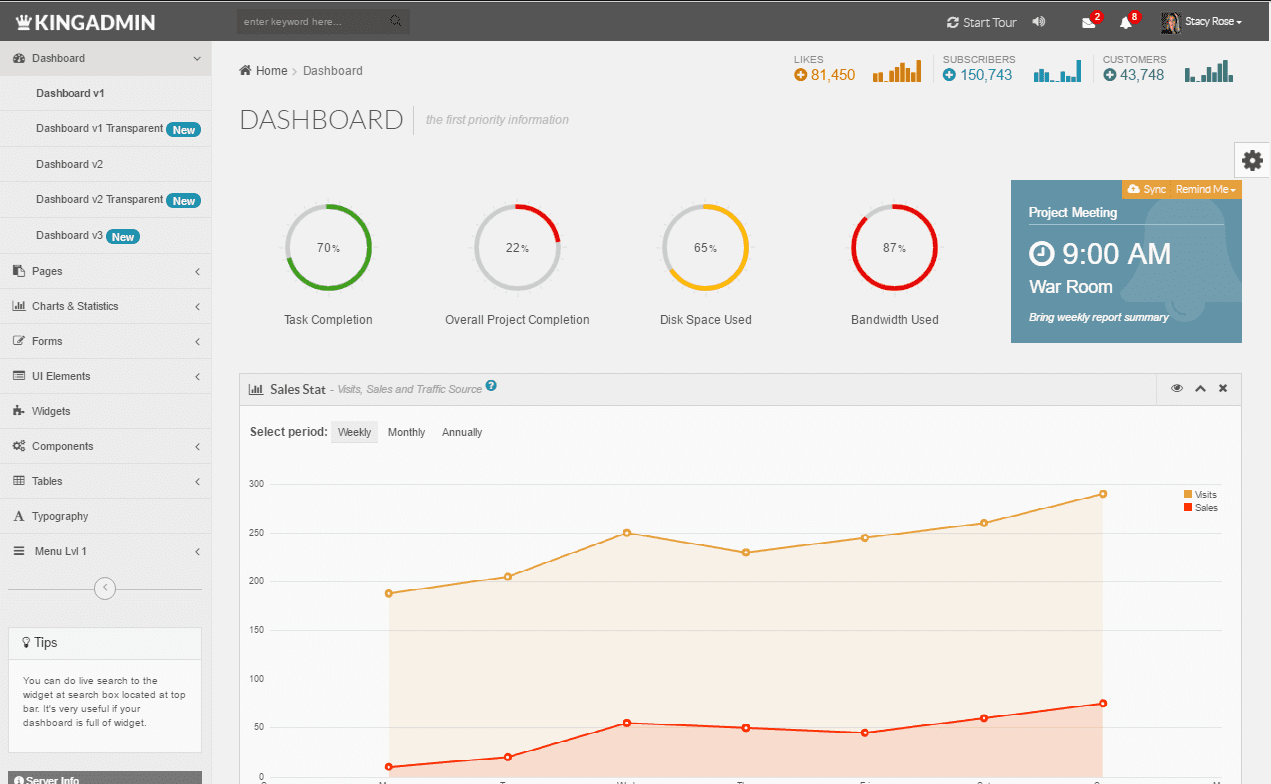
In today’s internet, every business leader can see the significance of user experience (UX) in their online presence. Custom web app development is the way to stand out and allow companies to create tailored solutions that not only meet but exceed their customer’s expectations.
But a web app is only as good as the UX created for it. No matter the industry, if you’re ready to elevate your online presence here’s what needs to go into your website.
Understand Your User’s Needs
At the heart of a successful web app is a deep understanding of user needs. Before delving into development, it’s essential to conduct comprehensive research to grasp what users want and need from the application. This user-centric approach ensures that the web app addresses real challenges and provides tangible value.
Custom web app development starts with collaboration between developers and businesses to identify target audiences, their pain points, and the desired functionalities. By aligning the development process with user expectations, businesses can create a solution that not only fulfills immediate needs but also anticipates future requirements. Understanding user needs lays the foundation for a web app that resonates with its audience, fostering positive user experiences.
Integrate Your User’s Feedback
The journey towards an exceptional user experience doesn’t end with the launch of a web app; it continues with the integration of user feedback. Actively seeking and incorporating user feedback throughout the development lifecycle is a crucial step in refining and optimizing the web app for ongoing success.
User feedback provides valuable insights into the app’s strengths and weaknesses, allowing developers to make informed adjustments. This iterative process ensures that the web app evolves to meet changing user expectations and stays relevant in a dynamic digital landscape. A web app development company committed to feedback integration establishes a collaborative partnership with clients, fostering a continuous improvement mindset.
Focus On Intuitive And Pleasing Design
The visual and interactive elements of a web app play a pivotal role in shaping user experience. An intuitive and aesthetically pleasing user interface (UI) design not only attracts users but also enhances their interaction with the application. The goal is to create a design that is both visually appealing and functional.
Custom web app development allows for a tailored UI design that aligns with the brand’s identity and the preferences of the target audience. Consistency in design elements, clear navigation paths, and seamless interactions contribute to a positive and memorable user experience. Prioritizing UI design is an investment in the user’s journey, building a connection between the user and the web app.
A Website Customized To Your Business
The power of customization is a defining feature of custom web app development. Unlike off-the-shelf solutions that offer a one-size-fits-all approach, customization allows businesses to tailor their web app to specific needs and preferences. From features and functionalities to the overall look and feel, customization ensures that the web app aligns perfectly with the business’s goals and brand identity.
Customization extends beyond aesthetics to include user-specific preferences and requirements. Integrate unique features that cater to your specific industry or internal processes, for an app that feels intuitive and indispensable. Embracing customization in web app development creates a personalized experience, making users feel that the app was designed just for them.
Ready to Elevate Your Online Presence?
In the digital era, a seamless and enjoyable user experience is a key differentiator for businesses. Custom web app development, with a focus on understanding user needs, integrating feedback, prioritizing user interface design, and embracing customization, has become a cornerstone in achieving this goal.
If you’re a business ready to elevate your online presence and enhance user experience through custom web app development, contact us today. With a proven track record and a commitment to innovation, our team of digital experts are here to explore the endless possibilities of turning your vision into a reality.
